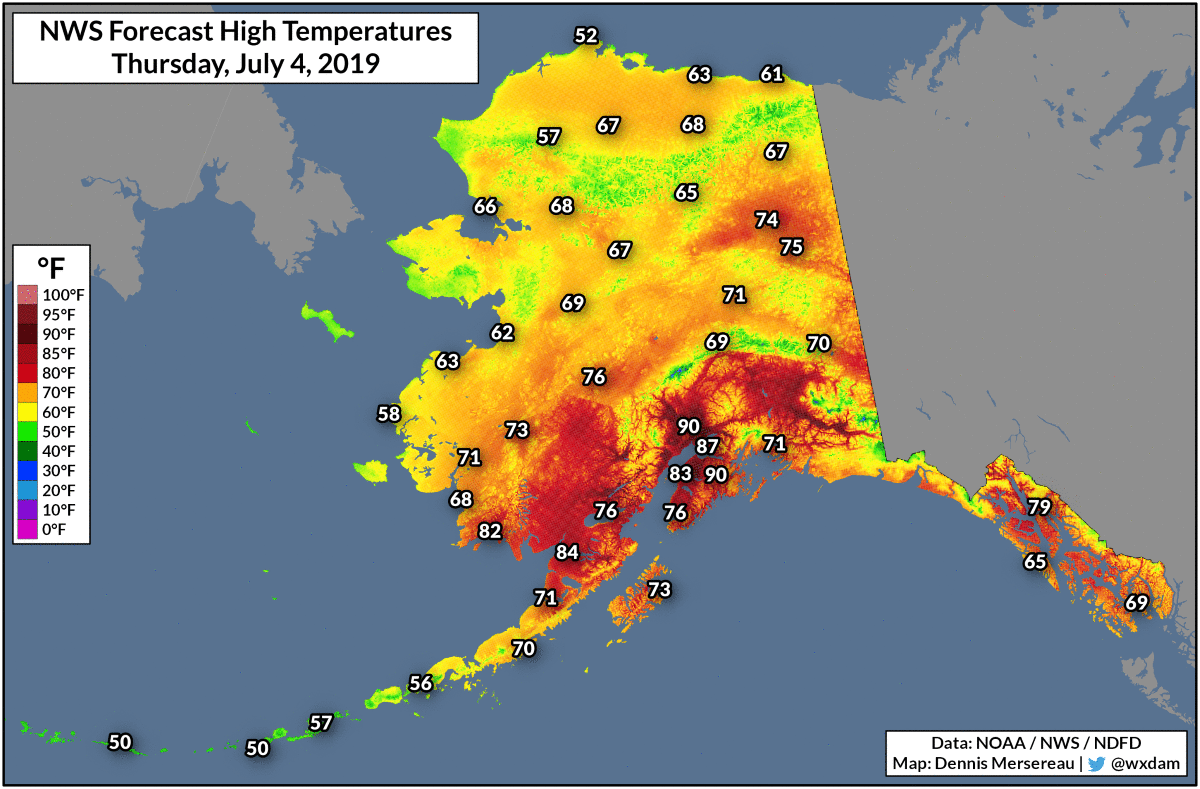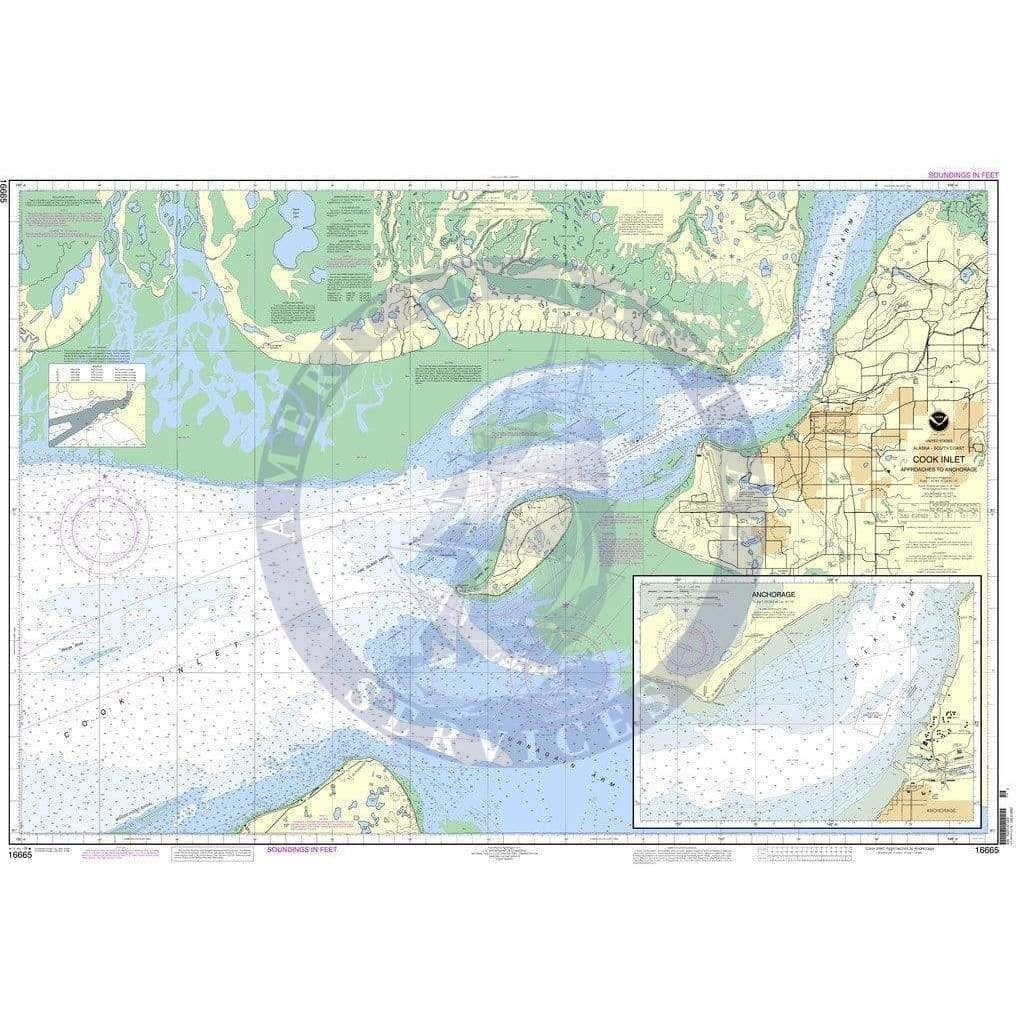

(Precipitation is just harder to forecast than temperature, so confidence is almost always lower). Precipitation OutlookĪs is almost always the case, the largest probabilities on the precipitation outlook for June are lower than on the temperature maps, indicating less confidence in the outlook. Below-average temperatures early in June associated with a trough of low pressure and continued support in the mid (week-2) and longer-term outlooks (weeks 3 and 4) for below-average temperatures, along with very wet topsoil in much of this region all favor a cooler-than-average June. Probabilities are somewhat lower here, with the most confident forecast (50-60%) only favored over parts of Colorado and northern New Mexico. In contrast, the outlook favors well below-average temperatures in the Southwest extending westward into central and southern California. NOAA image, based on Coral Reef Watch data. Waters across the Gulf of Mexico were warmer than-average (reds and oranges). Sea surface temperatures from May 22-28, 2023, compared to the long-term average. A very slight tilt in the odds toward above-average temperatures is also found along the Gulf Coast and in Florida, with well above normal sea surface temperatures in the Gulf of Mexico the primary factor for this outlook. Areas across the north from the Great Lakes westward were significantly above average during May, and odds tilt fairly strongly in the same direction during at least the first 10 days to two weeks of the month.

The June temperature outlook favors well above average temperatures across the northern tier from the Pacific Northwest to the Northeast, with the strongest signal in Washington state and parts of North Dakota and Minnesota (60-70%). More details about the MJO can be found here and here.

The MJO (a global-scale pattern in tropical winds and rain) impacts the jetstream across the Pacific at times, influencing the patterns of temperature and precipitation over the United States on the weekly time scale. Other tools that forecasters used included various forecast models such as the Climate Forecast System (CFSv2), current soil moisture condition (potentially important during the summer months), and the current and forecasted state of the Madden Julian Oscillation (MJO), since activity was ongoing at the end of May and some forecasts imply this may continue, at least into the early part of June. These updated outlooks were produced considering the week 1 forecast from the Weather Prediction Center (WPC), and CPC’s own week 2 and week 3-4 outlooks. Mandatory reminder about the maps ( more details): Temperature and precipitation outlook maps show only the most likely outcome, but other outcomes are always possible, just less likely to occur. Map by NOAA, based on data from the Climate Prediction Center.īelow, I’ll discuss the temperature and precipitation outlooks and the factors behind them, as well as the current state of drought and the monthly drought outlook for June.
#NOAA WEATHER ANCHORAGE HOW TO#
For more details on how to interpret these maps, read our explainer Understanding NOAA's monthly climate outlooks. White areas indicate that there are equal chances for a wet, dry, or near-average June. precipitation outlook for June 2023 (view Alaska), showing places where a much wetter than average June is favored (greens) and where a much drier than average June is favored (browns). The precipitation outlook favors well above average precipitation across much of the western half of the country and well below-average precipitation around the Great Lakes from the northern Plains through the Ohio Valley to western New York and Pennsylvania. In general, the outlooks favor well above normal temperatures across the northern part of the country and right along the Gulf Coast, with odds favoring well below average temperatures in the Southwest. On May 31, CPC released its updated monthly climate outlooks for temperature, precipitation, and drought across the United States for June 2023. Map by NOAA, based on data from the Climate Prediction Center. White areas indicate that there are equal chances for a warm, cool, or near-average June. showing places where a much warmer than average June is favored (reds) and where a much cooler than average June is favored (blues).

temperature outlook for June 2023 (view Alaska).


 0 kommentar(er)
0 kommentar(er)
